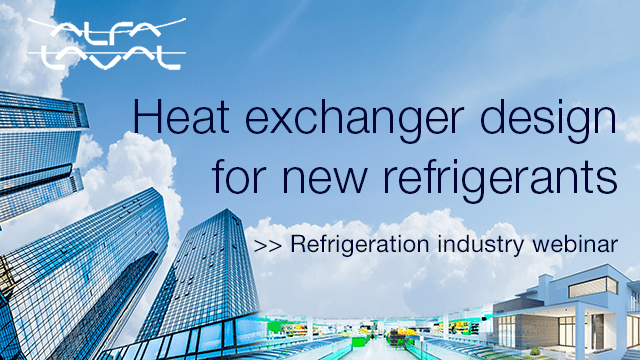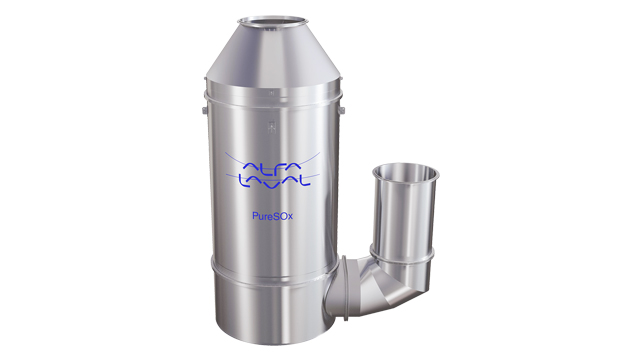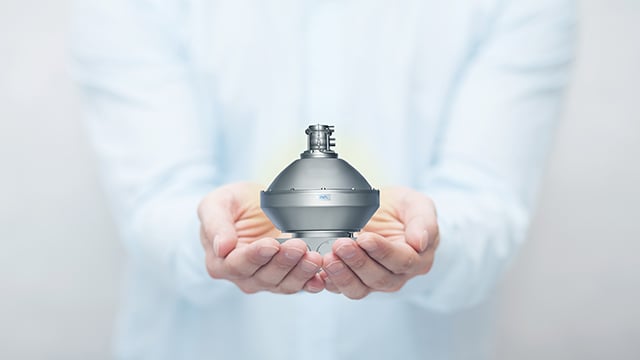2021-11-09 Product news by Niclas Dahl
What to do with the fuel line after 2020?
Right now, the 2020 sulphur cap is on all of our minds. That was especially clear a few weeks ago as I was speaking at a customer seminar in Tokyo. The participants asked a lot of excellent questions, most of which dealt with the same theme: what will next year’s fuels look like and how do we deal practically with the challenges they pose?
It’s a big shift that’s coming, and it’s only a few months away. Because we still don’t know exactly how the 2020 fuel market will be, it’s hard for anyone in the industry to look past it.
Yet we do have to look farther ahead, especially as suppliers of fuel equipment. Alfa Laval has been working towards 2020 for years now, and there’s still work to be done. But this isn’t a short-term situation, where we meet the goals and then we’re finished. As fuels continue to evolve, we want to do more than keep up. We want to advance the fuel line, so that that it provides engine protection and promotes energy efficiency even better than today.
I’m not talking about product development, although that needs to continue – especially when it comes to alternative fuels like LNG, LPG, methanol or ammonia. No, what I’m talking about are the big ideas beyond the products. How can we look at even the “traditional” fuel line in a much different way? Where can we make the quantum leaps, so that 1 + 1 adds up to a lot more than 2?
I’d like to think we’ve made a few such leaps in Alfa Laval’s past. ALCAP technology was an early one that has even more relevance today, since an increase in automatic discharge frequency can be an early warning of fuel incompatibility and asphaltene precipitation. More recently came Alfa Laval FlowSync, where a smart change in thinking – going from a static to a variable separator feed – has led to multiple wins: far better separation efficiency and less energy wasted on recirculating between the service and settling tanks.
In fact, FlowSync represents two things that I think will be key for the future of the fuel line. The first is broad system thinking, where a group of components is viewed as an integrated whole. And the second is connectivity.
When I say connectivity, you probably think of external connectivity, such as equipment relaying diagnostic data to the supplier for analysis. Certainly, that sort of connectivity needs to be part of the fuel line. But what I’m getting at is more internal connectivity, where the different fuel line components truly communicate with each other – automatically and autonomously. FlowSync, for example, gets signals about engine load from the Fuel Conditioning Module (booster), then communicates with the pumps and separator to optimize the feed. But the solutions need to be bigger still.
What if there were sensors not only at specific points but throughout the fuel line? We’d get a comprehensive picture that could be used to simultaneously adjust the whole system. What if we could measure cat fine content in real time and react before a spike leads to damage? What if we could detect the first molecules of precipitating asphaltenes and take the right actions automatically?
The possibilities are tantalizing, which makes this time as exciting as it is chaotic. Yes, things are changing quickly at the moment. But change can be a positive force. If we keep the momentum we have today and continue to push fuel line thinking forward, then we’re looking at a very smart future once the dust of 2020 has settled.
Looking for more? Try these links:
ALCAP™ – ready for future fuels
Meet the experts: Niclas Dahl
Alfa Laval FlowSync
About the author

Niclas Dahl started at Alfa Laval in 1998 has held several roles within the Alfa Laval Marine Division. Besides serving as Quality Manager and Market Unit Manager, he was responsible for the development and market introduction of Alfa Laval PureBallast. Today he is Head of Marine Separation, where he oversees separators and other systems for fuel treatment, lube oil treatment, oily waste treatment, NOx/SOx water cleaning and work with alternative fuels.
Tags
All




